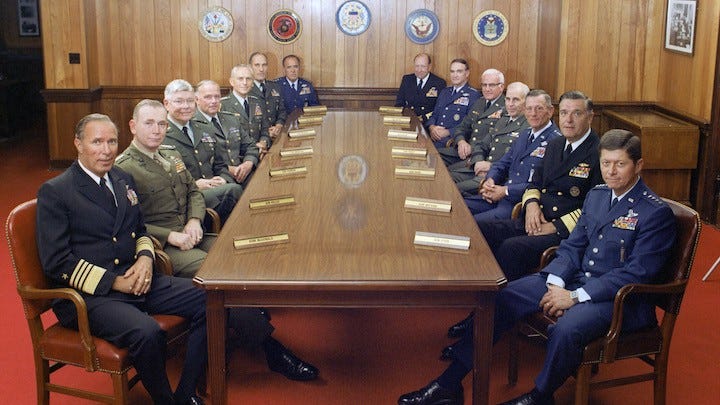Now On DVD: ‘Where to Invade Next’ Is an Easy, Empty Comic Travelogue of European Success

Michael Moore rose up in the world by speaking truth to power. Or, rather, by speaking truth at power. When he began, power wasn’t particularly interested in hearing from him. His signature self-aware naïveté, performing curiosity before the camera, is what drives his most effective films. The search for General Motors CEO Roger Smith in Roger & Me, for…



